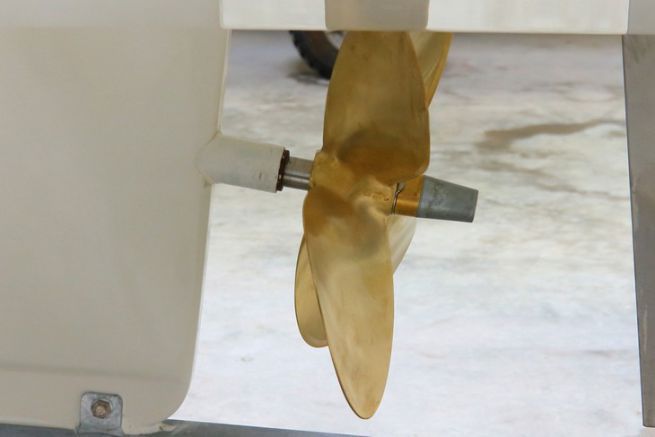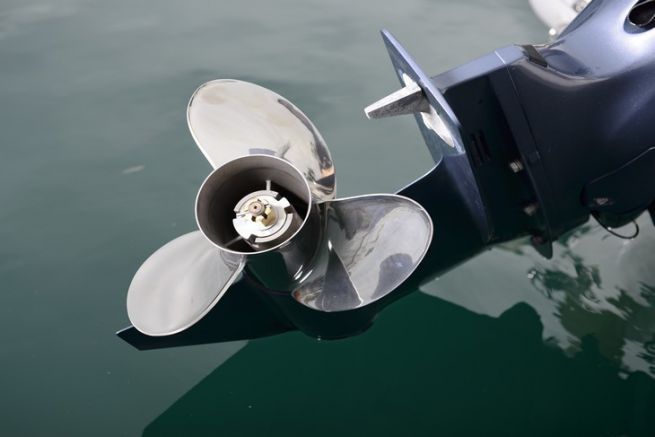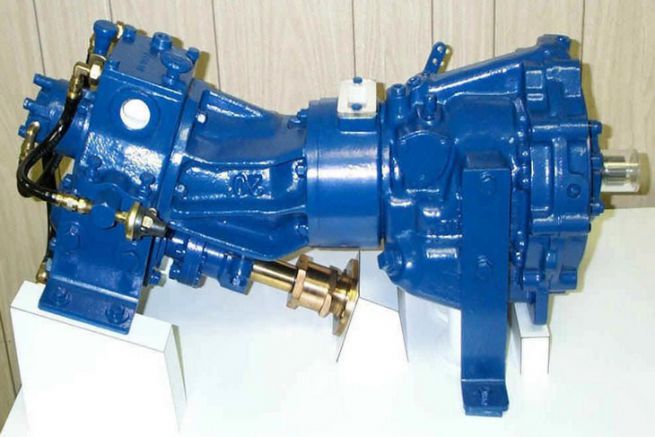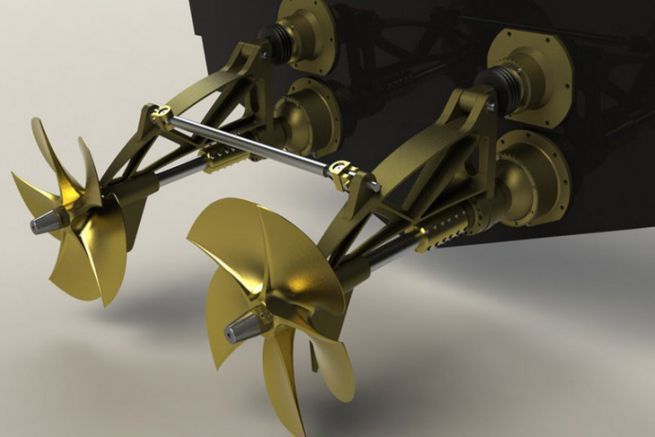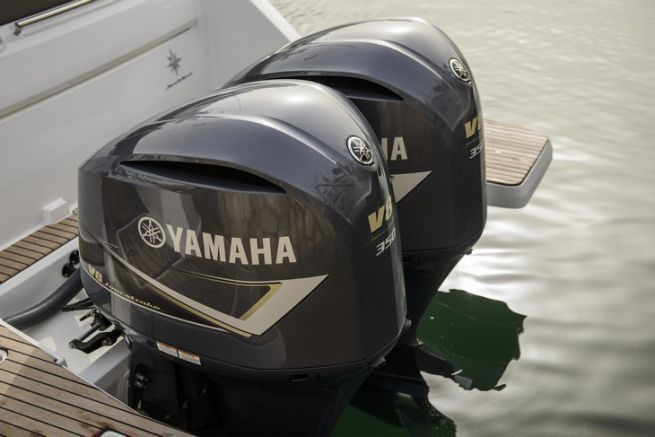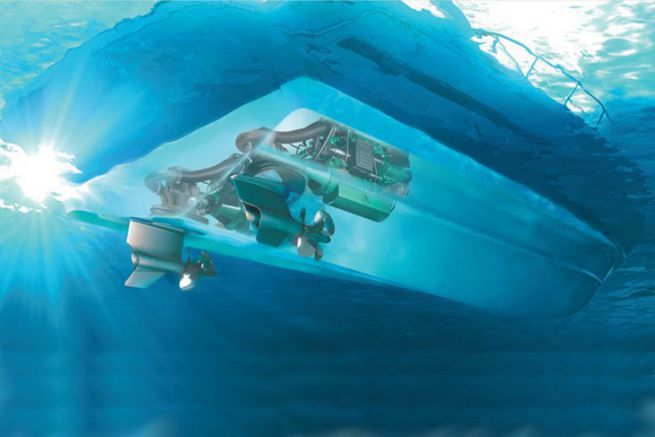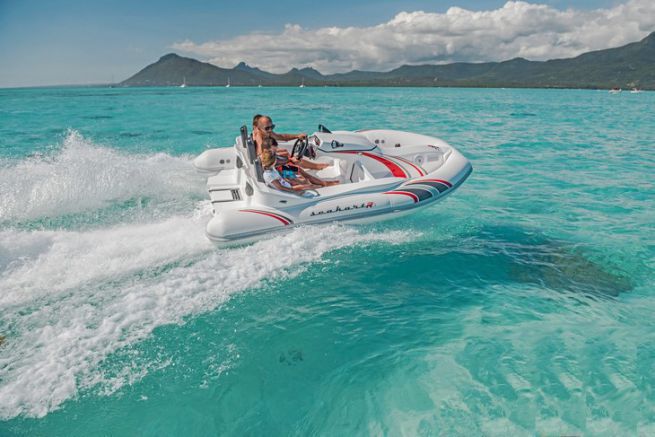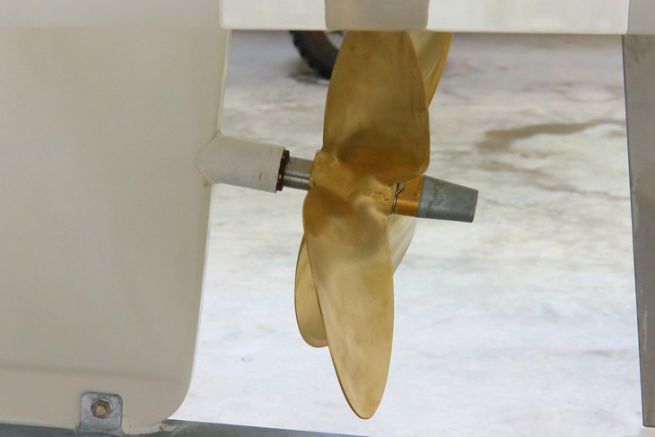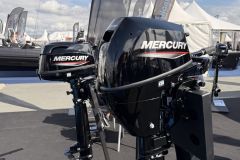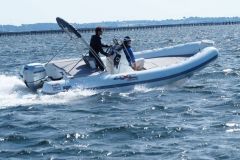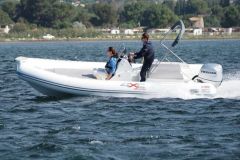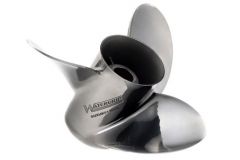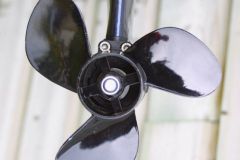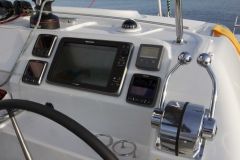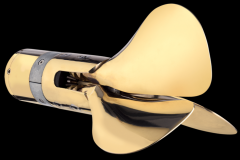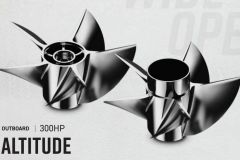Presentation of the shaft line
The shaft line is the historical mode of propulsion for motor boats. This inboard propulsion is a direct transmission mode between the engine and the propeller. The engine power is driven in the shaft and then in the propeller. The motor is placed in the centre of the boat (forward) to reduce the angle between the shaft and the waterline. The propeller shaft passes through the hull and is sealed there by a cable gland. It requires a rudder to steer.
The uses of the shaft line
This propulsion system is found on superyachts, motor boats equipped with a semi-displacement or displacement hull or on fishing trips. It is used on keelboats in particular and is particularly suitable for boats with medium speeds.
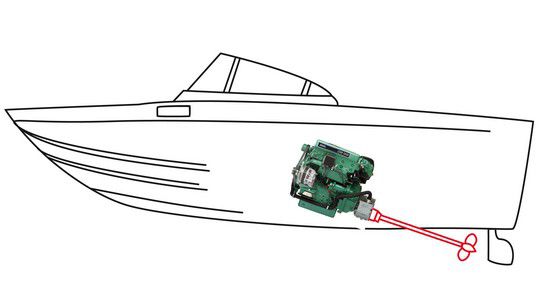
Advantages of the shaft line
- Easy to use and easy to use
- Universality
- Low maintenance cost. The maintenance cost of a shaft line is lower than pods or Z-drive.
- Easier and much cheaper to install for construction sites.
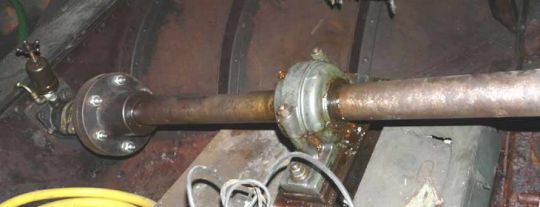
Disadvantages of the shaft line
- The alignment between the shaft and the motor must be checked regularly
- Efficiency (the propeller does not work in a vertical plane)
- Reverse gear difficult, the rudder is in front of the propeller
- Installation requires space in the boat to move the motor forward

 /
/ 